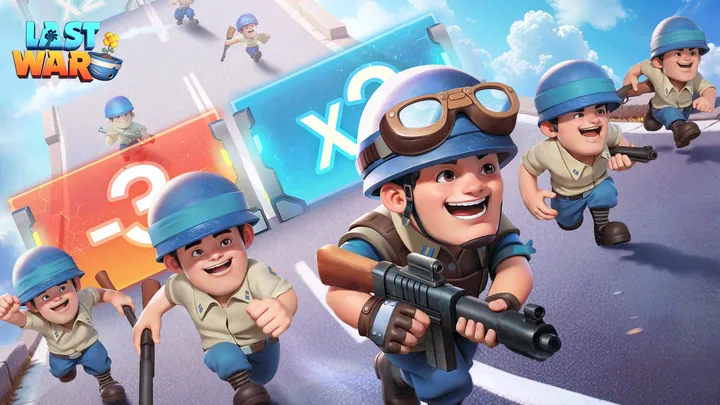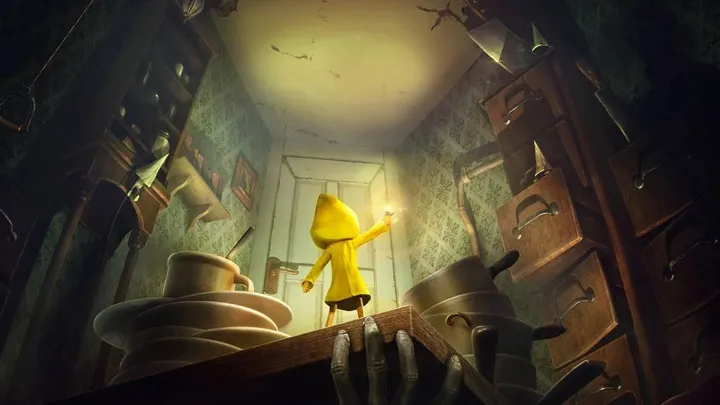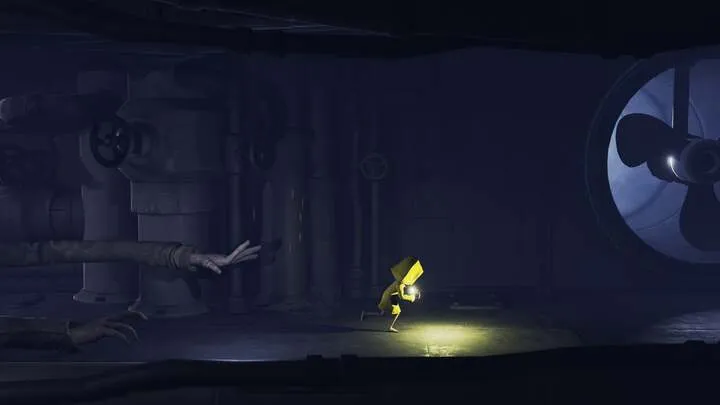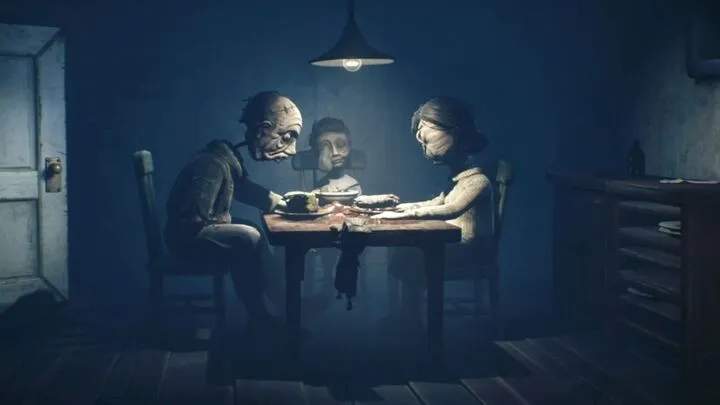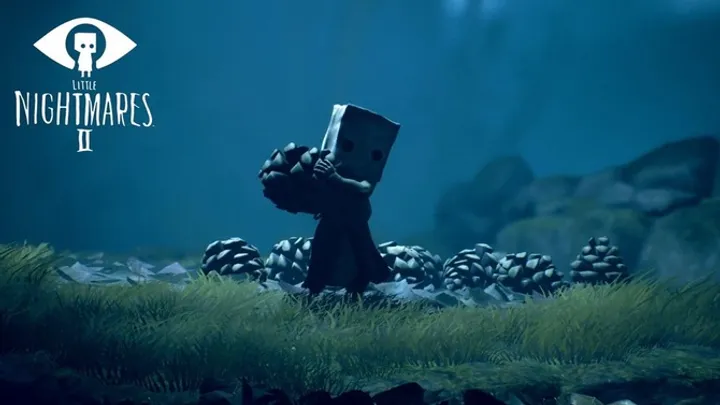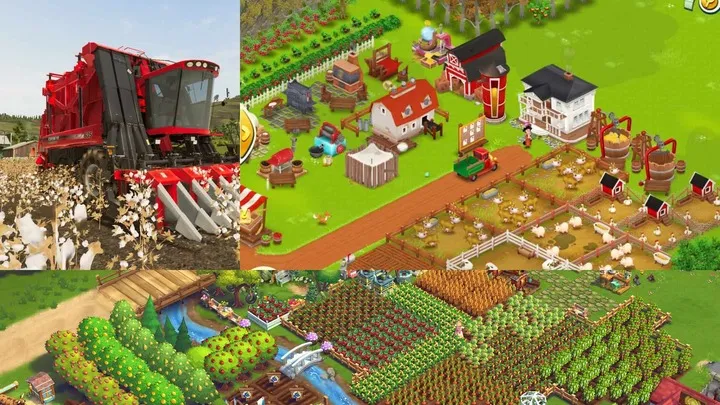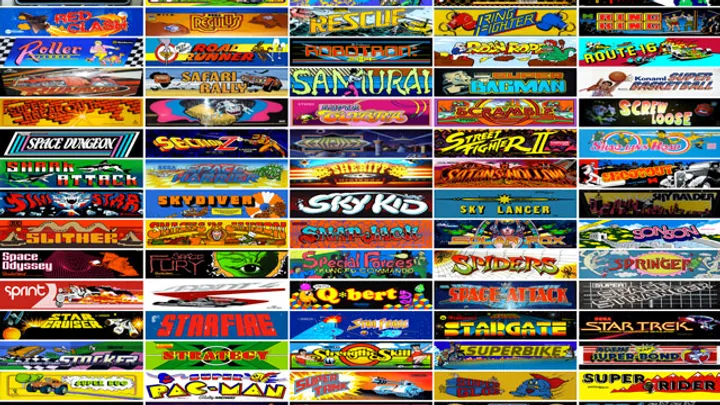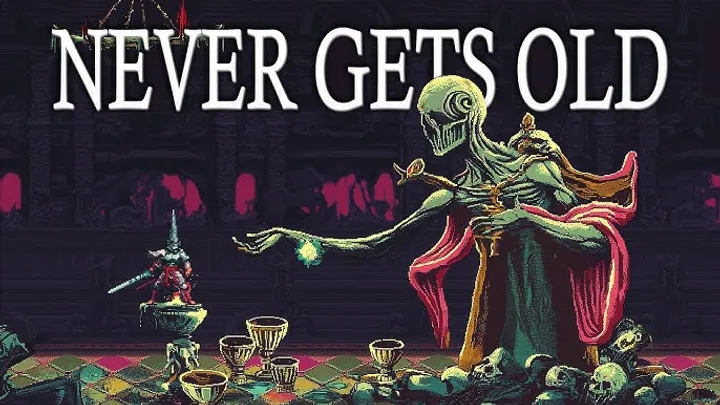Introduction: The Timeless Magic of 2D Platformers
Few genres in gaming history have stood the test of time like the 2D platformer. From the pixelated worlds of the 1980s to the beautifully hand-drawn universes of modern indie titles, these games have shaped generations of players. 2D platformers are simple in premise — running, jumping, avoiding obstacles — yet their execution can be deeply emotional, artistic, and even revolutionary.
They’ve defined gaming culture, introduced legendary mascots, and inspired game design principles that transcend genres. This article explores the top 2D platformers that defined gaming, tracing their evolution, impact, and the timeless gameplay that keeps players coming back decades later.
1. Super Mario Bros. – The Blueprint of All Platformers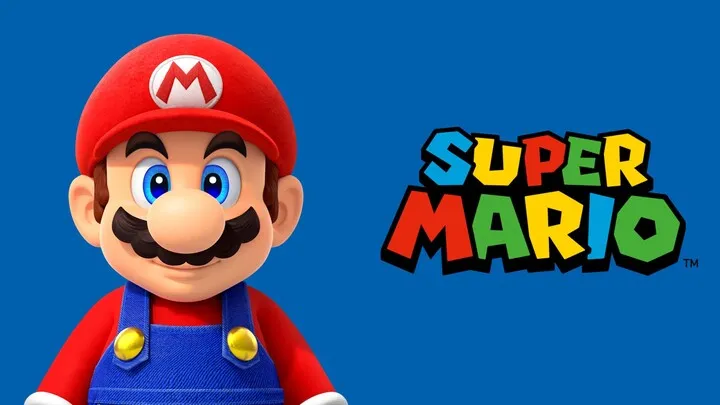
No discussion of platformers can begin without Super Mario Bros. Released in 1985 by Nintendo, this game didn’t just define the 2D platforming genre — it created it in the modern sense. Its side-scrolling design, precise controls, and cleverly escalating difficulty became the gold standard for all games that followed.
Gameplay Legacy
Mario’s intuitive jump, responsive physics, and rewarding exploration of hidden blocks taught millions what great level design felt like. It balanced accessibility for beginners with mastery for veterans — a formula few games have replicated.
Cultural Impact
Super Mario Bros. became a phenomenon. It revived the U.S. gaming market after the 1983 crash and introduced characters that became global icons. Its influence can be seen in everything from indie hits to blockbuster franchises.
2. Sonic the Hedgehog – Speed Meets Style
If Mario was about precision, Sonic the Hedgehog was about speed. Sega’s 1991 masterpiece introduced a new kind of platformer — one that rewarded momentum, reflexes, and flow.
Reinventing the Formula
Instead of slow and deliberate jumps, Sonic’s gameplay centered on velocity. Loops, springs, and slopes encouraged players to move fast, a stark contrast to Mario’s measured pace. This gave the game a rebellious energy that appealed to a new generation of gamers.
A Cultural Rivalry
The rivalry between Mario and Sonic defined the early ’90s console wars, turning Sega Genesis and Super Nintendo into household battlegrounds. Sonic’s cool attitude and blue blur identity became the perfect counterpoint to Nintendo’s family-friendly mascot.
3. Mega Man Series – Precision, Challenge, and Innovation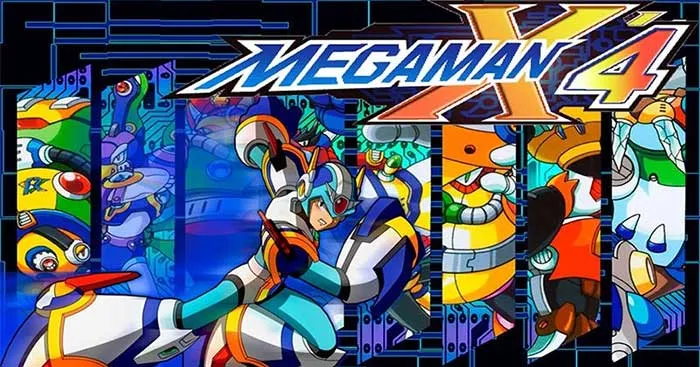
The Mega Man franchise from Capcom introduced platforming with a technological twist. Debuting in 1987, Mega Man’s innovative boss weapon system allowed players to acquire new powers after each stage, giving freedom and strategy to the classic platforming loop.
Level Design Brilliance
Each level was carefully themed around its boss — from Fire Man’s lava chambers to Ice Man’s slippery terrain — forcing players to adapt. The difficulty was infamous but fair, rewarding patience and learning over luck.
Enduring Legacy
Mega Man laid the groundwork for future titles that mixed action and platforming, influencing everything from Shovel Knight to Cuphead.
4. Castlevania: Symphony of the Night – The Birth of “Metroidvania”
In 1997, Castlevania: Symphony of the Night transformed 2D platforming forever. While early Castlevanias were linear, Symphony introduced open exploration, RPG progression, and non-linear backtracking — birthing the “Metroidvania” subgenre.
Exploration and Freedom
Players guided Alucard through Dracula’s sprawling castle, uncovering hidden rooms, abilities, and upgrades. This design encouraged curiosity and replayability, making it a blueprint for countless games that followed.
Art and Atmosphere
Its gothic art direction, haunting soundtrack, and deep lore gave the genre narrative weight rarely seen before, proving platformers could be emotionally and artistically rich.
5. Metroid – The Pioneer of Exploration-Based Platforming
Before Symphony, Metroid had already planted the seeds of exploration-driven gameplay. Released by Nintendo in 1986, it broke away from linear progression by creating interconnected worlds that rewarded exploration and power acquisition.
Gameplay Innovation
Players controlled Samus Aran through alien labyrinths, gradually unlocking new areas with tools like the Morph Ball and Ice Beam. This sense of gradual empowerment made players feel like true adventurers.
Legacy
Metroid’s design philosophy inspired generations of developers, birthing not only Metroidvania but also influencing modern titles like Hollow Knight and Ori and the Blind Forest.
6. Donkey Kong Country – The Power of Presentation
When Donkey Kong Country released in 1994, it stunned players with its pre-rendered 3D graphics on 2D hardware. Rare’s technological wizardry gave SNES owners a cinematic experience decades ahead of its time.
Fluid Animation and Challenge
The game mixed tight platforming with beautiful animations and fluid environments — from jungles to icy mountains. It also introduced tag-team mechanics between Donkey and Diddy Kong, adding tactical depth.
Legacy of Innovation
Its blend of aesthetic polish and mechanical precision set a new bar for presentation in platformers and showed that 2D games could compete visually with emerging 3D titles.
7. Celeste – A Modern Masterpiece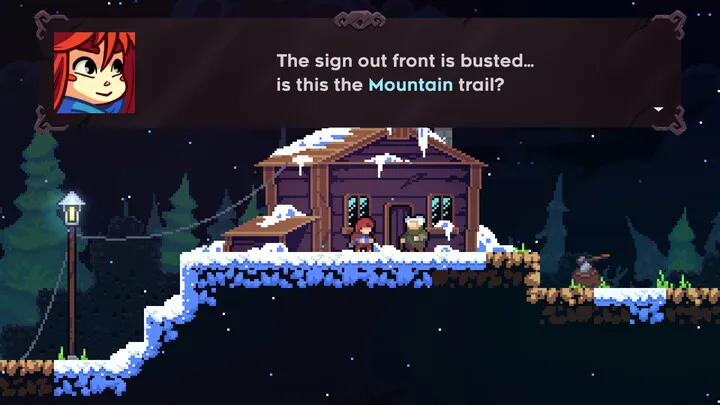
Released in 2018, Celeste brought back the essence of classic 2D platforming while introducing emotional storytelling. Developed by Matt Makes Games, it’s a perfect example of how the genre evolved beyond nostalgia.
Precision and Emotion
Every jump in Celeste is a test of timing, but the game also tells a touching story about mental health and perseverance. The mountain climb becomes a metaphor for self-discovery and resilience.
Impact
Celeste reminded the world that difficulty can be compassionate, not punishing — encouraging players to keep trying rather than give up. It’s a masterclass in both design and empathy.
8. Hollow Knight – Darkness Meets Elegance
Team Cherry’s Hollow Knight (2017) is often hailed as one of the greatest indie platformers ever made. Its intricate world-building, deep lore, and polished combat mechanics make it a spiritual successor to Metroid and Castlevania.
Gameplay Depth
The vast kingdom of Hallownest is filled with secrets, enemies, and upgrades. Every area feels handcrafted, blending tight controls with environmental storytelling.
Artistic Brilliance
Its hand-drawn art and haunting score elevate it from a game to an experience — a melancholic, immersive journey through decay and beauty.
9. Shovel Knight – A Love Letter to the Classics
Shovel Knight (2014) is both homage and innovation. It captures the charm of NES-era graphics while introducing modern gameplay sensibilities.
Nostalgia Reimagined
Yacht Club Games crafted a title that feels like it came from the ’80s but plays like a 2020s masterpiece. Tight controls, clever boss design, and chip-tune music make it instantly iconic.
Cultural Influence
It redefined the retro revival movement, showing that modern games can embrace old-school design without feeling outdated.
10. Ori and the Will of the Wisps – The Pinnacle of Modern 2D Artistry
Finally, Ori and the Will of the Wisps (2020) represents how far the 2D platformer has come. It combines breathtaking visuals, orchestral music, and fluid gameplay into a seamless emotional experience.
Fluid Movement and Combat
Ori’s traversal mechanics are among the most responsive in gaming history. Every dash, glide, and wall-jump feels organic, creating a rhythmic dance of movement and exploration.
Emotional Storytelling
The game’s narrative about loss, friendship, and sacrifice elevates the genre beyond mechanics — making it an unforgettable artistic journey.
Conclusion: Why 2D Platformers Will Never Die
The 2D platformer began as a technological limitation but evolved into one of gaming’s purest forms of expression. From Super Mario Bros. to Ori, each title added something unique — innovation, emotion, art, or challenge.
Even in an age of ultra-realistic graphics, these games endure because they remind us of the essence of play: timing, rhythm, discovery, and joy. Whether you’re leaping over Goombas, scaling Celeste Mountain, or gliding through Hallownest, the heart of platforming remains timeless.
2D platformers aren’t just relics of the past — they’re proof that great design transcends generations.








